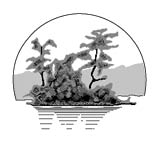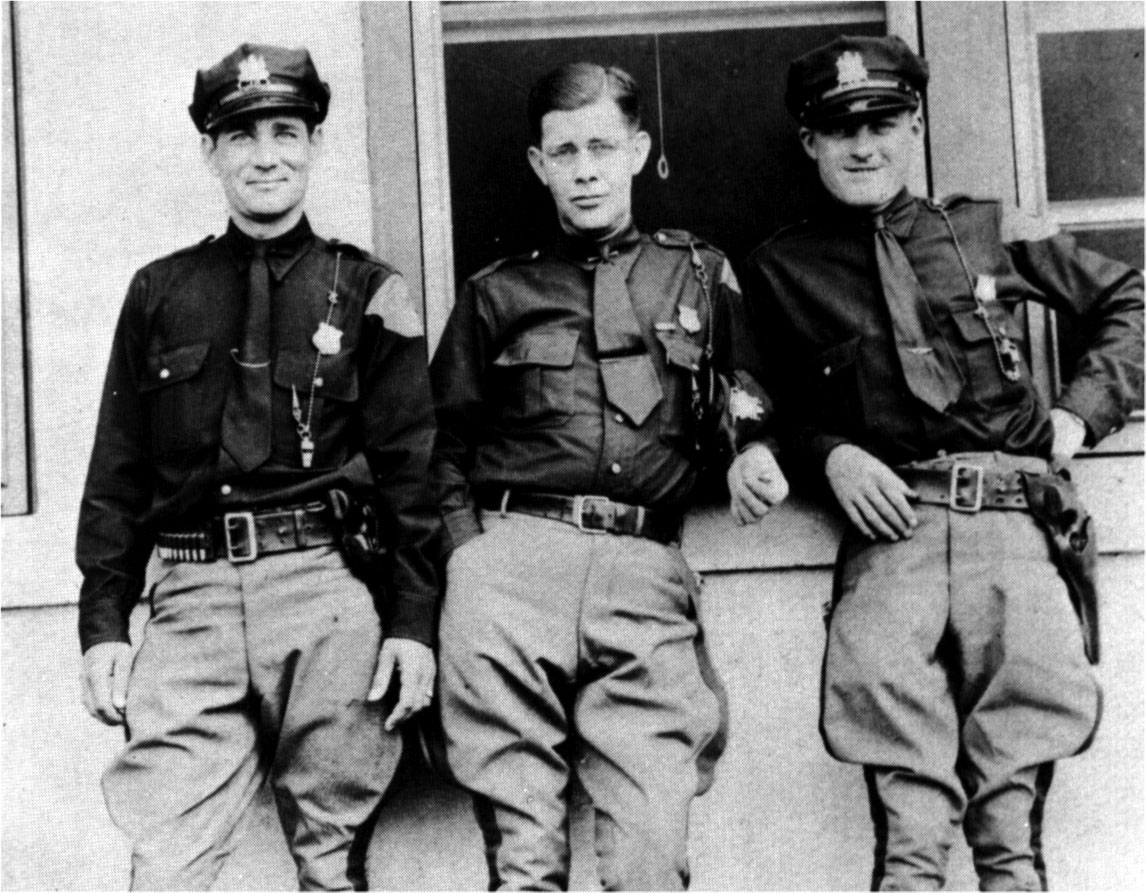Print PublicationsBy Rob Crimmins, Pond Publishing & Productions, LLC
Delaware Inland Bays’ Environmental Indicators
Eleven “environmental indicators” are described in this sixteen page newspaper insert. These “indicators” are activities and conditions that illustrate whether or not the quality of the water in Delaware’s Inland Bays is improving. I came to put the insert together in a roundabout way. Our home is across the street from Killens Pond State Park in Felton, Delaware. I love the place so when John Tazelaar, a neighbor, contacted me and a few others to form a friends group for the park I joined. Our first president was Marvin Brown, my next door neighbor, and I was elected to the post the second year. One evening a young woman who worked for DNREC, the Delaware Natural Resources and Environmental Control agency, came to our meeting and asked if any of us would be interested in working on a “Tributary Action Team”. Once she explained what that was I decided to attend the meetings. Tributary Action Teams are a way to have people who live in a given area get involved with, and even write, pollution control strategies for their watershed. It turned out to be a difficult and time consuming but interesting activity. Soon I met other volunteers on other Delaware Trib Teams and professionals who were working on various pollution control and nature preservation projects. One of them was Ed Lewandowski with the Center For The Inland Bays, a well funded organization that studies and promotes the conservation and preservation of Delaware’s Inland Bays. Ed needed help writing and publishing the newspaper insert and hired me to do most of the writing and photography and all the design and layout.
Children's Activity Book published by the Delaware State Police Museum
I published this comic book format activity book for the DSP Museum along with a history of the state police and an activity sheet that students could use as they encountered the exhibits. The artwork was done by the comic book artist, Mike Wolfer, a Dover, Delaware resident.
Delaware's Tributary Action Teams Booklet
The Clean Water Act, passed by Congress in 1972 had some very lofty goals. For example, it was to have resulted in the elimination of additional sources of water pollution by 1985 and significant restoration of the nations surface waters by 1983. When those conditions weren’t met by 1996 environmental groups sued the EPA, and won. The federal government turned to the states to come up with solutions. That made sense because no one cares more about a waterway or lake than the people who use it. Water pollution is mostly a local problem. Some states are dealing with the problem on a watershed basis. When the video and booklet I produced and published were released Delaware had four Tributary Action Teams: The Nanticoke River, the Inland Bays, the Appoquinimink River and the Murderkill River. Sharing what each was doing to develop “Pollution Control Strategies” and to improve the water quality in their watersheds was the purpose of the programs and the booklet.
CELL 17: Interviews With The Imprisoned
“CELL 17 is an intimate look at a diverse group of individuals as they depict their childhood memories, their entry in the criminal world, and finally their current state of incarceration . . . a thoughtful contribution to our further understanding of the lives of prisoners and the institutions that confine them.”
Dr. James Inciardi, author Historical Approaches to Crime, DrugTreatment and Criminal Justice Professor and Director, University of Delaware Center For Drug And Alcohol Studies
“They say, ‘You’re goin’ to jail,’ but believe me, I’m gettin’ out, and you better be ready. If I’m not a changed person you better be ready to handle what comes with that.” - John
“It was like a dungeon. When I first went there, the scene itself just had me scared and it was like bein’ in a spook house. You didn’t know what was gonna reach out and grab you.” - William
“My seven-year-old sends me letters and pictures and it’s killin’ me ‘cause as soon as I see ‘em I know they’re from her.” - Nic
“Bein’ locked in the hole and being told when to go to bed and when to get up and when to eat, that’s bad, but the most humiliating part of the entire experience is that initial blast of the delouse spray, and the way that it’s administered, from a bug spray can.” - Walter
History of the Delaware State Police
The State Police Museum in Delaware is also an Education Center. The history that I wrote is a teacher’s guide with test questions at the end of each chapter. The first four chapters provide a framework . Chapter One begins with the question, “What is police authority?” which leads to a brief discussion of the basis of law and law enforcement. Ancient codes such as the Code of Hammarabi and the Ten Commandments are mentioned as well as the foundations of Greek and Roman law. The following chapters describe the origin and development of the Delaware Highway and State Police through the 1940s. The last three chapters use significant events and cases to illustrate how the department has evolved to the present day. Video interviews with retired and active police officers who were participants in desegregation, the Wilmington riots of 1968 and the Pennell serial murder case provided first hand accounts of those events. Chapter Four, the last of the “framework” chapters, includes the memories of a motorcycle patrolman who retired in 1962 of what it was like to “ride the wheel” daily from the Pennsylvania border to Smyrna during World War II.
The sales and MARKETING BROCHURE for Rodney Square Building Restorations, Inc. and the company's web site were two projects that I completed when I ran the company from November of 2009 until the end of 2011. I wrote all the copy for both, did the page layout for the brochure, most of the 3D models and photography and along with my son, designed the web site.






